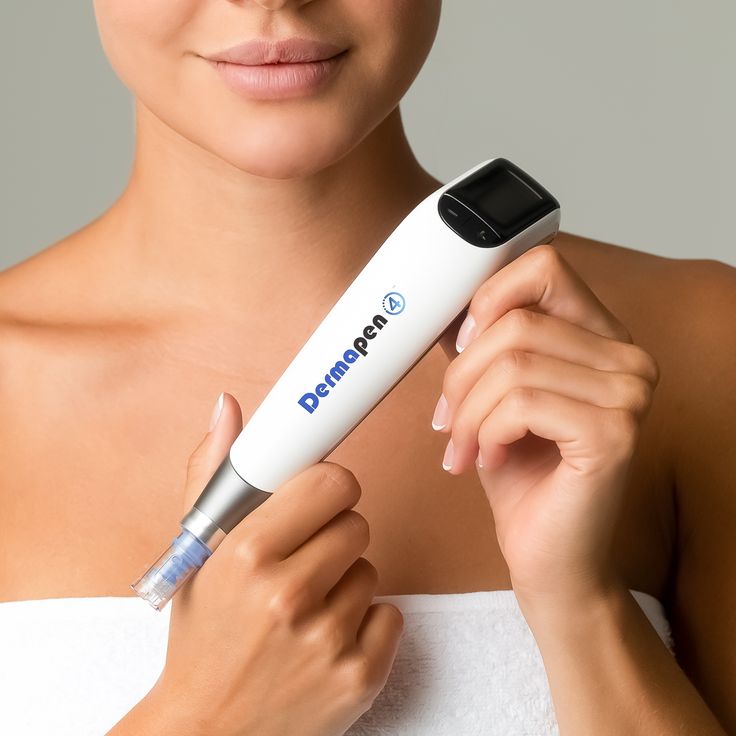Dermapen microneedling has become a highly popular and effective treatment for a variety of skin concerns, from acne scars and fine lines to overall skin rejuvenation. While it’s considered a minimally invasive procedure with relatively little downtime compared to more aggressive treatments, it’s essential for individuals to be aware of the common side effects they might experience. Understanding these reactions and knowing how to properly manage them is crucial for a smooth recovery and to optimize the treatment’s benefits.
Understanding Expected Post-Treatment Reactions
The side effects of dermapen are generally mild and temporary, directly related to the controlled micro-injuries created in the skin. These reactions are part of the body’s natural healing cascade, which ultimately leads to collagen production and skin repair.
1. Redness (Erythema)
- What it is: The most common and immediate side effect, resembling a moderate sunburn. It occurs due to increased blood flow to the treated area as the body initiates its healing response.
- How to manage:
- Immediately after: Your practitioner will likely apply a soothing serum or mask.
- First 24-48 hours: Keep the skin cool. Avoid hot showers, saunas, strenuous exercise, and anything that increases body temperature.
- Skincare: Use only gentle, hydrating, and calming products recommended by your clinic. Avoid harsh cleansers or active ingredients.
- Sun Protection: Strictly avoid direct sun exposure. Use a broad-spectrum mineral SPF 30+ or higher.
2. Swelling (Edema)
- What it is: Mild puffiness or swelling, particularly in more sensitive areas like around the eyes. This is also a normal part of the inflammatory phase of healing.
- How to manage:
- Elevation: Sleeping with your head slightly elevated can help reduce swelling.
- Cool Compresses: Gently applying cool, clean compresses (not ice directly) can provide comfort and reduce swelling.
- Avoid Sodium: Limiting high-sodium foods for a day or two might help.
3. Dryness and Flaking/Peeling
- What it is: As the skin heals and new cells come to the surface, you may experience dryness, tightness, and mild flaking or peeling, typically a few days after the treatment.
- How to manage:
- Hydration: Keep your skin consistently moisturized with a rich, soothing, non-comedogenic cream. Look for ingredients like hyaluronic acid, ceramides, and squalane.
- Do NOT Pick: Resist the urge to pick or peel the skin, as this can lead to irritation, infection, or scarring. Let the skin shed naturally.
- Gentle Cleansing: Continue with gentle cleansing to avoid further irritation.
4. Mild Sensitivity or Tenderness
- What it is: The treated area may feel sensitive to touch or pressure for a few days.
- How to manage:
- Avoid Friction: Be gentle when cleansing, applying products, or drying your face. Avoid harsh towels or abrasive materials.
- Hands Off: Minimize touching your face unnecessarily.
- Loose Clothing: If treating body areas, wear loose, breathable clothing.
5. Pinpoint Bleeding or Bruising (Less Common)
- What it is: While Dermapen’s vertical stamping minimizes bleeding, some pinpoint bleeding might occur during treatment, especially at deeper settings. Small bruises can also sometimes appear.
- How to manage:
- During treatment: Your practitioner will manage any bleeding.
- Post-treatment: Bruising is usually minor and resolves within a few days to a week. Arnica cream may help accelerate healing, but consult your practitioner first.
Less Common or Potential Adverse Effects (and How to Prevent Them)
While rare, improper aftercare or technique can lead to more significant issues:
- Infection: Risk is minimized by using sterile needles and proper hygiene.
- Prevention: Follow all aftercare instructions diligently, especially regarding keeping the treated area clean and avoiding touching it with unwashed hands. Do not apply makeup for at least 24 hours.
- Post-Inflammatory Hyperpigmentation (PIH): Darkening of the skin, especially in darker skin tones or with sun exposure.
- Prevention: Strict sun protection is paramount. Ensure your practitioner is experienced with your skin type and adjusts settings accordingly.
- Scarring: Extremely rare with professional Dermapen treatments.
- Prevention: Always choose a qualified and experienced practitioner. Avoid at-home devices with long needles or improper technique.
General Aftercare Principles for Faster Recovery
- Follow Practitioner’s Instructions: Always adhere strictly to the specific aftercare advice provided by your Dermapen practitioner. They tailor it to your treatment and skin.
- Hydrate Internally: Drink plenty of water to support overall skin health and healing.
- Avoid Active Skincare: Steer clear of retinoids, AHAs, BHAs, and Vitamin C for the period recommended by your practitioner (typically 3-7 days).
- Be Patient: Skin healing takes time. Results are cumulative, and patience is key.
Conclusion
Dermapen microneedling is a safe and effective treatment when performed by a qualified professional and followed by proper aftercare. While common side effects like redness, swelling, and dryness are expected, they are temporary and manageable. By understanding these reactions and diligently adhering to post-treatment guidelines, you can ensure a smooth recovery, minimize potential complications, and ultimately achieve the beautiful, rejuvenated skin you desire.


